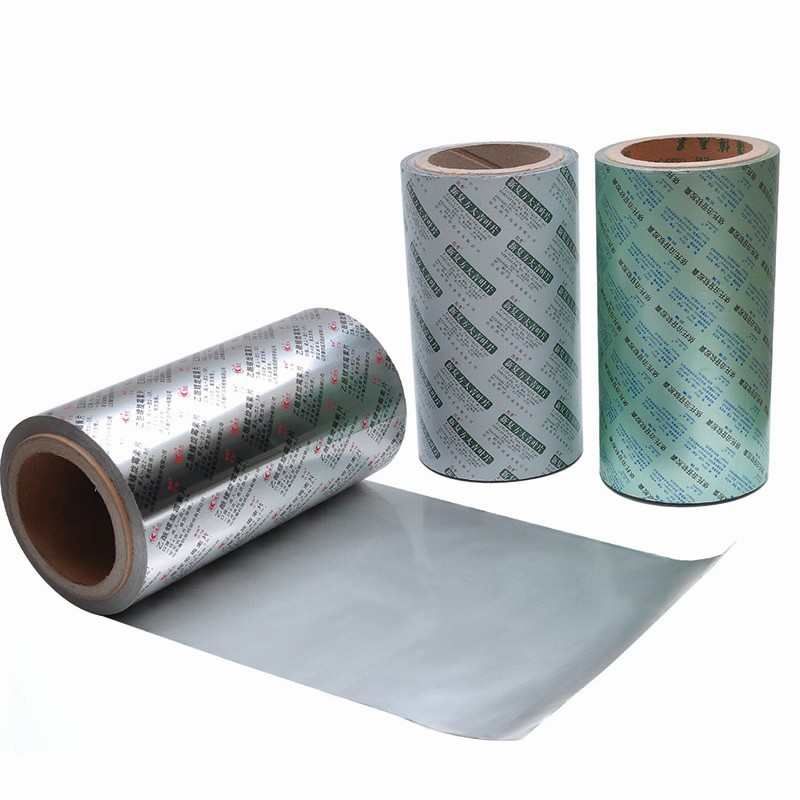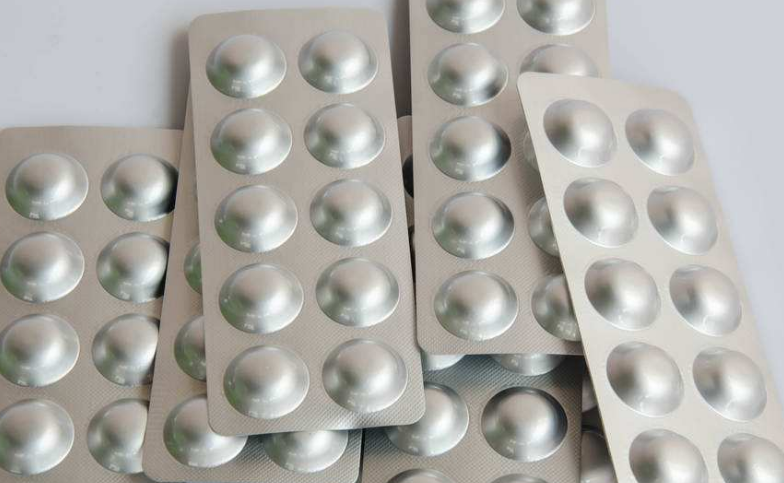Blister foil is an essential packaging material widely used in the pharmaceutical, food, and electronics industries. Its excellent barrier properties and outstanding forming characteristics make it highly sought after in the market. This article will explore the production process of blister foil, helping readers understand how this important material is manufactured and processed.
Material Preparation
The production of blister foil begins with the selection of raw materials. The primary materials include polyvinyl chloride (PVC), polyethylene terephthalate (PET), and aluminum foil. Each material possesses unique properties that dictate the final performance of the blister foil. Before production, a thorough quality inspection of these materials is essential to ensure they meet production standards, including thickness, clarity, and mechanical strength. This step is crucial as it significantly impacts product quality and the efficiency of subsequent production stages.

Extrusion Molding
After passing quality checks, the prepared raw materials are fed into an extruder. Initially, the materials are heated under high temperature and pressure, allowing them to melt completely. Controlling the temperature and pressure during this phase is vital, as it directly affects the thickness, density, and uniformity of the foil. The molten material is then forced through an extrusion die to form a thin, even film. Typically, the thickness of the film is tailored to specific product requirements, commonly ranging from 0.2 mm to 0.5 mm.
Forming Process
Once extruded, the film undergoes the forming stage. The most common method used is thermoforming, where the film is reheated to become pliable and can easily be shaped. Special molds are used to press the film into the desired blister shapes, creating cavities to hold products. This forming process allows for various shapes and sizes of blisters, catering to different packaging needs. Proper control of temperature, pressure, and forming time is essential to ensure the quality of the finished blister product.
Cutting and Trimming
After forming, the blister foil is cut into appropriate sizes to ensure uniformity and precision. High-precision cutting equipment is typically used to achieve accurate and neat cuts. In this stage, the edges of the blisters may also be trimmed or shaped to enhance their appearance and functionality.

Cleaning and Inspection
The cut blister foils must be cleaned to remove any contaminants, dust, or chemicals that may have accumulated during production. This step ensures the hygiene and safety of the final product. Following cleaning, the blister foils undergo thorough quality inspections, including tests for physical properties, mechanical performance, and surface quality, ensuring that each piece meets the required standards. This step is vital for guaranteeing the performance of the blister foils in actual applications.
Packaging and Storage of Blister Foil
Once the blister foils pass quality inspection, they are carefully packaged for transport and storage. The packaging materials chosen typically possess moisture and dust resistance to ensure product safety during transit. Additionally, attention is given to packaging labeling, which should clearly indicate specifications, production dates, and other relevant information for efficient management and use.
Future Trends
With technological advancements, the production processes for blister foils are continuously evolving. For example, an increasing number of manufacturers are focusing on environmental sustainability and exploring the use of bio-based and biodegradable materials as alternatives to traditional plastics. The introduction of automated and smart production equipment has improved efficiency and consistency while reducing labor costs and error rates. Additionally, as consumer demand for high-quality and customized packaging grows, the trend toward personalized blister foil products is becoming more prominent in the market.
Conclusion
The production process of blister foil comprises several key steps, from raw material preparation to final inspection and packaging. Each stage is crucial for ensuring the quality of the final product. By understanding this process, we can better appreciate the value of blister foil and its significant role in the packaging industry. Looking ahead, as technology advances and environmental consciousness rises, the production and application prospects for blister foil will continue to expand.


